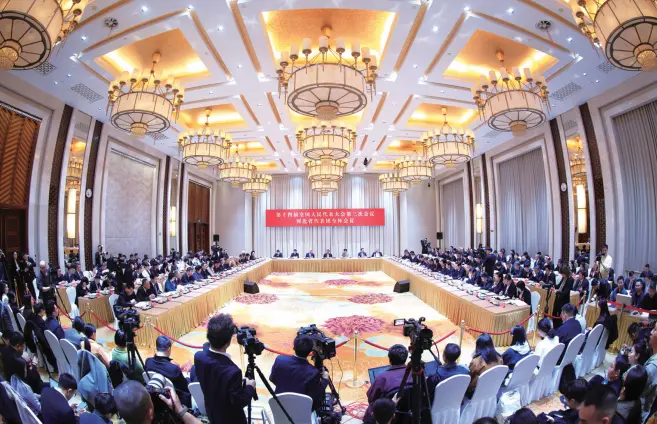Establish a supply chain platform for the steel industry to promote the transformation of steel products to material grade

In 2025, China's steel industry will usher in a turning point: supply and demand optimization and mergers and acquisitions will accelerate high-quality development
2025 is a turning point for the Steel industry, after 2021 after the continuous decline in profitability and large-scale losses in the industry, the industry is expected to stabilize and recover in 2025 under the dual influence of the gradual stabilization of the demand side and the reduction of the supply side. In the long run, the improvement of industrial concentration and the promotion of high-quality development are the inevitable trends of the future development of thesteel industry, and steel enterprises with product structure and cost advantages will fully benefit. In the context of stricter environmental protection, ultra-low emission transformation and carbon neutrality, the competitive advantage and profitability of leading companies will become more prominent. It is recommended to pay attention to: 1) the target with leading technology and product structure, the target of continuous upgrading of product structure, and low-cost and elastiC Steel enterprises; 2) Special steel leaders with competitive advantages with low valuation and high dividends, material companies with high barriers, and high-temperature alloy leaders; 3) Under the trend of demand recovery, we are optimistic about upstream resources with long-term advantages.
Shijiazhuang, China – Hebei Province has unveiled a comprehensive strategy to drive industrial modernization and high-quality development through four key initiatives: scaling new heights, extending industrial chains, embracing innovation, and fostering industrial clusters. The plan aims to position Hebei as a leader in advanced manufacturing and emerging technologies while revitalizing its traditional industries.
1. Scaling New Heights in Traditional Industries
Hebei will consolidate achievements in its steel sector by establishing a unified supply chain platform, transitioning Steel Products from raw material production to advanced material manufacturing, and transforming steel enterprises into integrated service providers. The province will also upgrade its chemical industrial parks, creating a circular industrial ecosystem to modernize Hebei’s traditional industries.
2. Extending Key Industrial Chains
Focusing on new energy/connected vehicles and robotics, Hebei will deepen integration with the Beijing-Tianjin-Hebei automotive supply chain and implement a three-year action plan to boost robotics innovation. Efforts will expand application scenarios for robotics and enhance product competitiveness to solidify the province’s role in these strategic sectors.
3. Pioneering Cutting-Edge Innovation
The province will track global technological trends and draft plans for future industries. Leveraging Xiong’an New Area’s innovation ecosystem, Hebei aims to grow emerging sectors like aerospace information, satellite internet, and green hydrogen. Additionally, the “AI+” and “Data Factor ×” initiatives will accelerate data market development and AI applications in key industries, transforming advantages in computing power and green energy into new productive forces.
4. Building Industrial Clusters
Hebei will promote cluster-based development through industrial parks, mega-projects, and leading enterprises. Tailored strategies will nurture advanced manufacturing clusters, specialty industries, and a gradient of SMEs, “Little Giant” firms (specialized, sophisticated SMEs), and unicorns. Industry-specific policies and company-focused support will create dense clusters of enterprises, projects, and resources.















